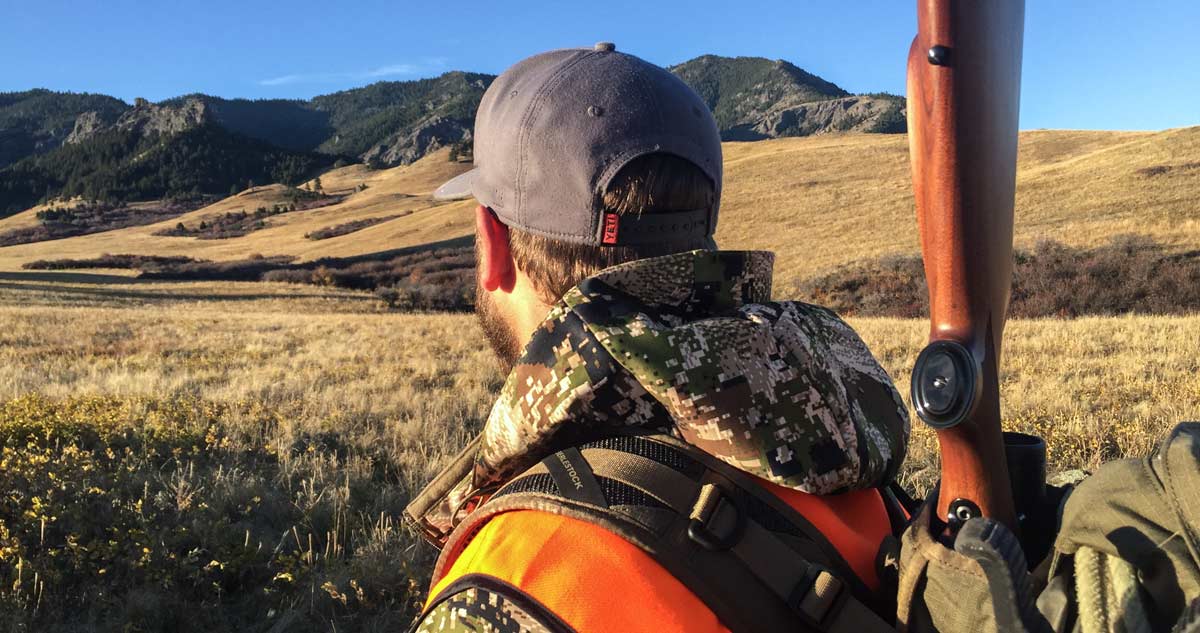Hunting Is Conservation. Those three simple words speak volumes.
It’s a fairly well-established fact that revenue generated from hunting licenses and fees combined with an excise tax on guns, ammunition and archery equipment generates significant funding for conservation. What may not be as well-known or understood is how hunters themselves are vital to wildlife conservation.
Hunting is the main tool used by game managers in helping to shape the size of wildlife populations. Hunting regulations single out the species, sex and quota of both prey and predator alike. As hunters take to the field, they are literally helping to meet the goals and objectives carried out by wildlife managers.
At the conclusion of a hunting season, state wildlife agencies reach out to hunters to determine harvest rates. Each state is different.
In Montana, for example, state agency workers conduct telephone surveys to ask hunters where they hunted, approximately how many days they spent in the field, if they were successful and what predator species they may have seen.
In Idaho, hunters fill out and submit reports via telephone or online that highlight their experience. Here is what the Idaho Department of Fish and Game stated in response to why hunter reports matter:
Hunter data isn’t the only information we use to set hunting seasons, but it’s a very important part. When Fish and Game biologists don’t have reliable information on harvest and hunter success, they need to manage game more conservatively, which can mean more restrictions on hunting, such as shorter seasons or fewer tags. We prefer to allow generous hunting opportunity when it’s sustainable, but we have to know it’s sustainable through accurate data. The Idaho Fish and Game Commission will set the 2019 and 2020 hunting seasons and tag numbers in March, so it’s important that we have accurate harvest statistics as soon as possible.
